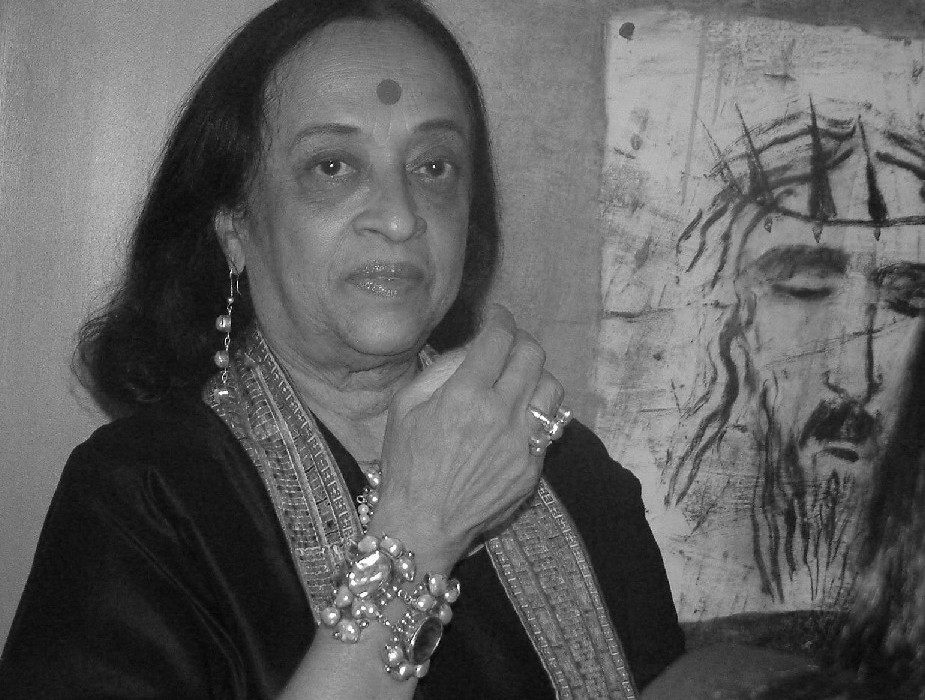Anjolie Ela Menon, in conversation with Sayantan Neogi, talks about the legendary artist, Amrita Sher-Gil.
Do you think that the development of the Dutch-Bengal school was more of a borrowed grammar, whereas, with Amrita Sher-Gil it was a lived and natural infusion between Indian traditional and European techniques, which eventually shaped the future of Indian contemporary art?
The Dutch Bengal School largely consisted of paintings done on traditional themes drawn from Indian Iconography with the added factor of the European technique of perspective painting in oil on canvas, as yet unknown to Indian painters. The parallel is of course Raja Ravi Varma who did much the same but progressed to portraiture and courtly and secular figurative compositions. Sher-Gil was very different. Schooled in Paris at the Ecole des Beaux Arts, she learnt the technique of academic oil painting ‘at source’ and on her return to India used her well honed skills in the medium to paint from her experience of rural Punjab and later from South India. Unlike the Dutch Bengal where a single figure or deity dominates the canvas, Sher-Gil’s greatest paintings were of several of figures set in tableaux – like groupings as in ‘The Brahmacharis’ or the ‘Bride’s Toilette’. These were intensely personal interpretations and in her best phase ceased to be dictated by traditional constraints and even transcended the rigours of her European Academic training – moving to another plane. In doing this, she established a unique signature and created a hitherto unknown genre that was impossible to classify either in terms of Academia or against the burgeoning Bengal school. To my mind, Sher-Gil is the bedrock of modern art in India or at least the cornerstone of a development that inevitably embraced tradition and modernity within the same ambit.
Amrita Sher-Gil was born at around the time Frida Kahlo was but died at 28, whereas Frida lived till 47. With the title ‘Frida Kahlo of India’, comparisons are inevitable. However, without drawing comparisons, tell us what you think she might have achieved if she’d have lived longer?
For all of Sher-Gil’s famously bohemian lifestyle, in her paintings she revealed far less of herself than Kahlo! Her work was austere and extremely controlled; the visions distilled from her own experience. She was the observer but hardly ever the protagonist, apart from a few early self portraits. Whereas Kahlo laid herself bare, her angst and pain were the very substance of her output. If she had lived, Sher-Gil’s work might have taken on a more subjective turn or perhaps fantasy might have entered her paintings. Who knows? But incredibly in the brief span of her working life as a painter, she had already created a stunning body of work mature beyond her years.
How was Amrita Sher-Gil’s impact different on the future Indian art landscape from that of the Calcutta Group’s and the Progressive Artists Group’s?
Her work stands alone, as she did – not part of any school or ism or movement. Sher-Gil created her own genre, one that single handedly influenced generations of future Indian painters.
What is your opinion of Amrita Sher-Gil’s way of painting the human eyes?
There is a stillness and profundity there. These have influenced me greatly over the years.


